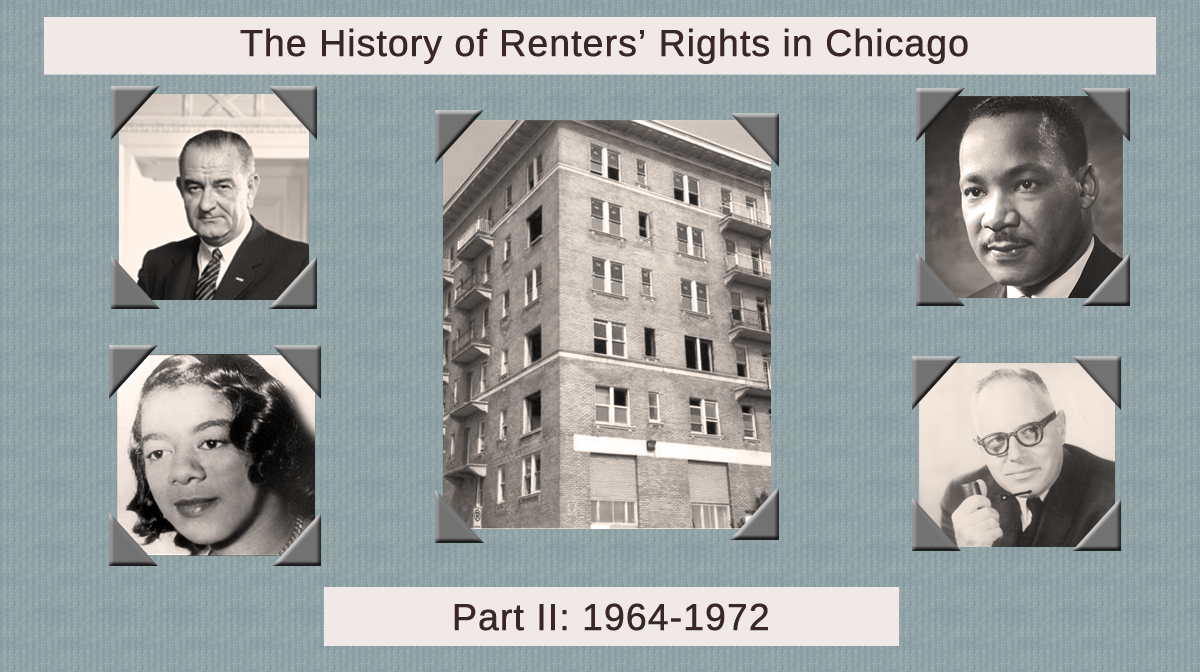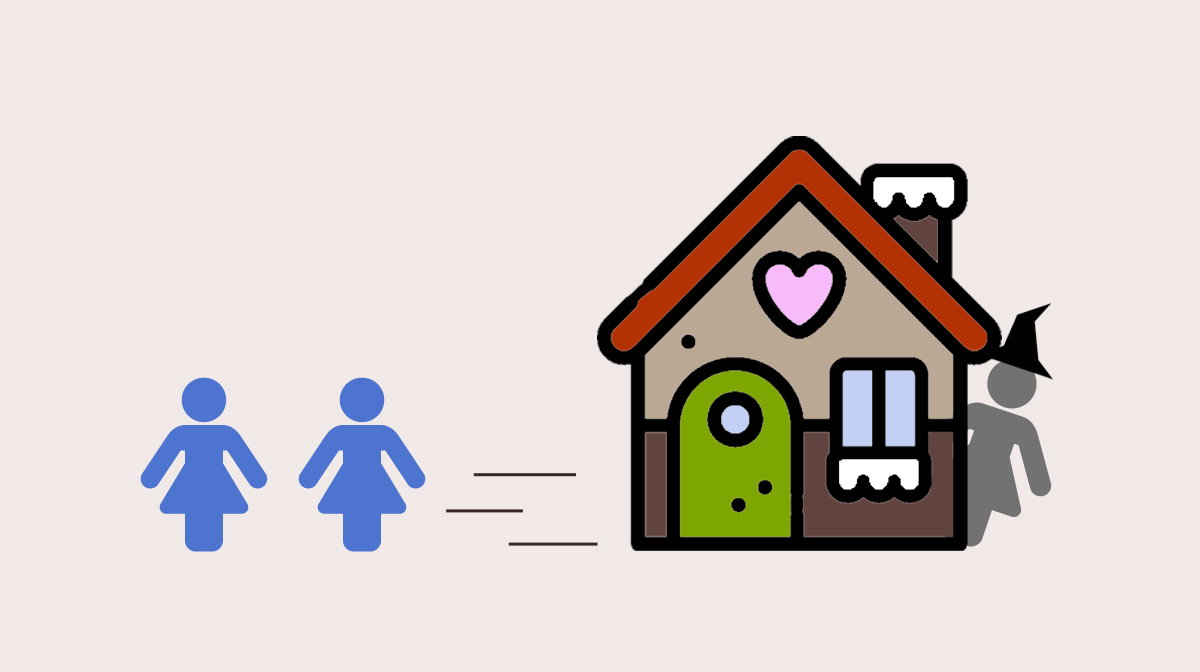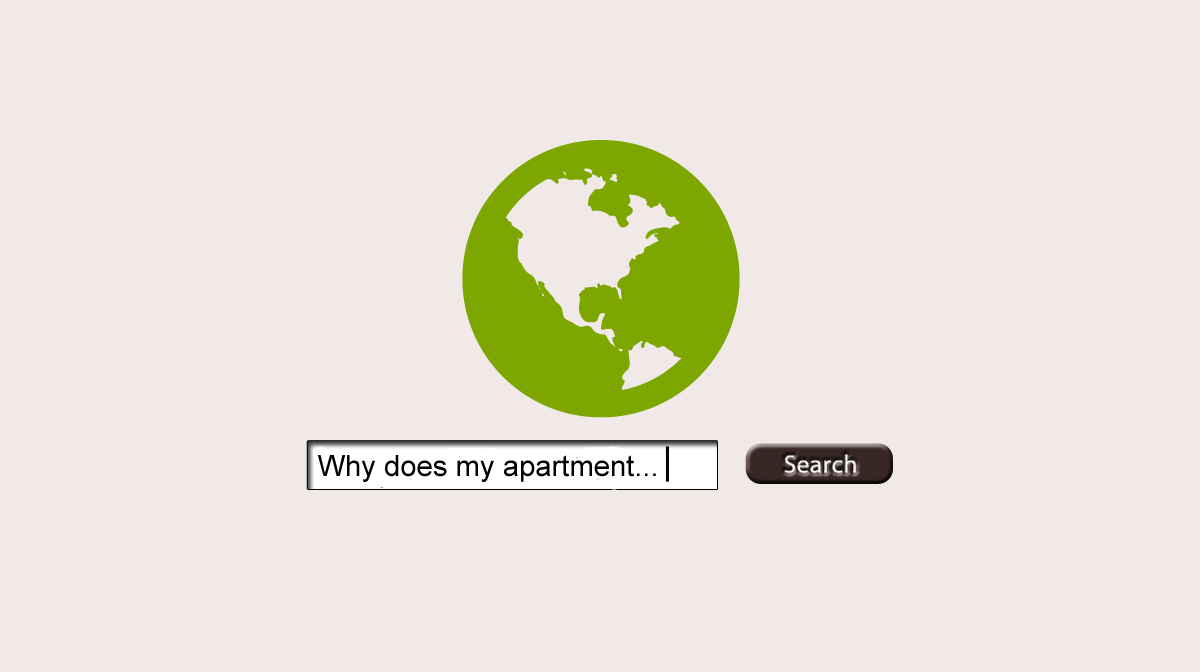“As the judge pronounced the sentence, which court officials said represented the first time in their memory that a landlord has been ordered jailed on housing code violation charges, a cheer went up from more than 50 Clifton Terrace tenants in the room.
Brown, who is yet to be tried for another 1200 violations at Clifton Terrace cited by housing inspectors, was visibly stunned by the sentence.
As he was led away to the court's basement cellblock, the landlord, his hands visibly shaking, did not appear to be the defendant who moments before had told the Judge from the witness box that the District government was responsible for the lack of heat at Clifton Terrace.
After remaining in the cell block for about 45 minutes, Brown's attorney, George E. C. Hayes, filed notice of appeal in the case and the landlord was released after posting $2000 bond.”
- Carl Bernstein, “Landlord Given Jail Term,” Washington Post, 1967.
On Monday we started a series on the history of the Chicago Residential Landlord-Tenant Ordinance. We covered an enormous span of time from medieval England to the early civil rights movement in the United States of the 1960s. We were introduced to the many issues that faced renters in the early 20th century and the methods used by the first tenants' rights pioneers to try and fight back.
When we left off, it was 1963 and Jesse Gray's rent strikes in the Harlem neighborhood of New York City were getting attention through violence, the civil rights act was up for debate in US Congress, and Chicago had just passed its first fair housing ordinance.
Over the next decade, the battle for tenants' rights would be joined on three fronts – in the White House, the courts and the streets. Continue reading The Three-Front War for URLTA (1964-1972) A History of Renters' Rights in Chicago, Part II





![[Humor] Crazy party? Wrecked your apartment? No worries! We’ve got a form for that.](https://blog.rentconfident.com/wp-content/uploads/sites/6/2016/03/St-patricks-day.png)
